Could Ford's Electric Fleet Sales Be Slower Than Expected?

Despite most automakers proudly proclaiming their intention to shift toward EV-dominant portfolios, customers haven’t been sharing their enthusiasm. While there’s a subset of loyal early adopters that are eager to see electrification become the norm, the relative infancy of the technology and prevalent gaps in the charging infrastructure has kept them from becoming a majority. But manufacturers seem to think it’s just a matter of time and that they’ll be able to make up the difference through fleet sales.
Advertised with lower than average operating costs and juicy subsidies being offered throughout the developed world, automakers have convinced themselves that EVs will soon become the de facto rides for various entities needing to round out their stables. Meanwhile, we’re hearing inklings that Ford is seeing pushback from fleet customers over its s new F-150 Lightning pickup and E-Transit van.
Blue Oval believes that its new vehicles, combined with an updated version of its fleet management suite prioritizing telematics and data accumulation, will result in a glut of customers interested in having more direct control over their commercial armadas. The fact that they’ll also be EVs is supposed to make them further appetizing, due to government incentives and the fact that they won’t require fueling.
“[The Lightning and E-Transit] are targeted at real people doing real work,” Ted Cannis, chief executive of Ford Pro, stated at Reuters’ recent Automotive Summit.
From Reuters:
But some of those potential fleet buyers are taking a “wait and see” attitude, partly from a lack of experience with electric vehicles and partly from a lack of clarity on government policy and regulations around EVs.
Those are not insurmountable obstacles over the longer term, according to Cannis, who told Reuters:
“In the U.S., we see 70 [percent] of the full-size bus and van industry going electric by 2030. That’s more than 300,000 vehicles annually. And we expect a third of the full-size pickup (market) to go all-electric by 2030, which is more than 800,000 vehicles annually.”
With electric work trucks and vans, Cannis said, fleet customers can save money on fuel, maintenance and repairs, “but there is still a fear of the unknown” about EVs among both employees and managers.
Perhaps by 2030, the necessary infrastructure will be in place to facilitate widespread EV adoption and they’ll have reached financial parity with internal combustion vehicles. But electrics currently require more advanced planning to get the most out of their powertrains and you have to pay more for them upfront to save money over time. Some of the fleet managers we’ve spoken to said they’ve had difficulties figuring out how to make EVs work for their businesses. Concerns have also been expressed about their lackluster resale values, the potential for charging downtime, and how much money would need to be spent to replace a battery system. Though the latter issue isn’t likely to come up considering how short most fleet cycles happen to be.
On the other hand, managers were almost universally interested in the government incentives being promoted by the Biden administration and wondered if the changing regulatory landscape might make soon make EVs a necessary addition to their garages. Governor Gavin Newsom has repeatedly said that California will gradually phase out internal combustion vehicles and may even begin prohibiting diesel trucks from utilizing certain roadways in a bid to reduce pollution. Many other states are politically aligned with California and are likely to follow its lead. These are considerations business owners are preoccupied with. But there’s no concrete legislation at play to make any of the above a guarantee and the free market (or what’s left of it) isn’t quite ready to place EVs on a pedestal.
Cannis seems undaunted, however. He’s claiming that everyone who has driven the all-electric F-Series believes it to be the most exciting full-sized pickup Ford has produced, pointing to the 150,000 preorders as evidence.
It’s actually more than the automaker can realistically manufacture. In August, Blue Oval doubled its production target to 80,000 Lightings annually as a way to meet demand. But that capacity isn’t supposed to be achieved until 2024 and the model launches in 2022. Frankly, with the pickup obviously exceeding projections before anyone has had an opportunity to really shake one down (Ford has allowed a few high-profile influencers and Joe Biden to drive the prototype), it’s strange that the head of Ford’s commercial fleet division would even bother to mention that the company has been getting pushback from customers.
Our guess is that certain types of businesses just don’t see EVs as feasible right now. We noticed receptiveness varied heavily based upon what kind of work fleet managers needed vehicles to do. Localized fleets focused on precise routes with predictable downtimes are ideal for electrification. But long-haulers taking varied routes have less use for EVs and far fewer options to realistically choose from.
The U.S. government has also faced difficulties meeting the Biden administration’s ambitious goal to electrify the entire federal fleet. For starters, many government rides (particularly those used by the USPS) boast some of the longest lifespans of any fleet vehicles you’re likely to encounter. That adds meaningful financial risks if they select the wrong product just to spur on EV adoption.
The current federal fleet encompasses about 657,000 vehicles in total. However, agencies had only purchased about 500 zero-emissions vehicles through August of 2021, and data from the General Services Administration (GSA) currently cites EVs as comprising less than 1 percent of the whole. The transition has progressed slowly, with officials citing supply issues and difficulties choosing the right vehicles for various departments as the biggest obstacles.
“The opportunities are clear, but first we need to acknowledge that we are starting from a low baseline,” White House national climate adviser Gina McCarthy said during June’s GSA FedFleet Conference. “I want to thank the thousands of fleet management professionals leading this charge and demonstrating our leadership and commitment to winning the future. The many agencies that will work together to achieve our goals exemplify the whole-of-government approach to tackling the climate crisis.”
With the sheer amount of marketing materials out there promoting electrification and encouraging businesses to establish EV-focused fleets, it’s often difficult to get a genuine sense of how things are actually progressing. Ford says the Lightning is already exceeding expectations. But the head of Ford Pro said customers were expressing hesitancy. The federal government is dead set on replacing combustion vehicles with EVs. But it has failed to put more than 500 units onto the road. Manufacturers are promoting electric cars at every turn. But pure electrics still make up a minuscule share of what’s actually being sold to customers.
It hasn’t done much to assuage my skepticism going into 2022. But 2030 should provide plug-ins with sufficient time to continue maturing. Considering how much better EVs have gotten over the last decade, future EVs should be capable of handling new challenges and giving internal combustion cars a run for their money. Or they could fail to see the necessary infrastructure and technology develop and end up like autonomous driving — another unfulfilled industrial promise.
[Images: Ford Motor Co.]

A staunch consumer advocate tracking industry trends and regulation. Before joining TTAC, Matt spent a decade working for marketing and research firms based in NYC. Clients included several of the world’s largest automakers, global tire brands, and aftermarket part suppliers. Dissatisfied with the corporate world and resentful of having to wear suits everyday, he pivoted to writing about cars. Since then, that man has become an ardent supporter of the right-to-repair movement, been interviewed on the auto industry by national radio broadcasts, driven more rental cars than anyone ever should, participated in amateur rallying events, and received the requisite minimum training as sanctioned by the SCCA. Handy with a wrench, Matt grew up surrounded by Detroit auto workers and managed to get a pizza delivery job before he was legally eligible. He later found himself driving box trucks through Manhattan, guaranteeing future sympathy for actual truckers. He continues to conduct research pertaining to the automotive sector as an independent contractor and has since moved back to his native Michigan, closer to where the cars are born. A contrarian, Matt claims to prefer understeer — stating that front and all-wheel drive vehicles cater best to his driving style.
More by Matt Posky
Latest Car Reviews
Read moreLatest Product Reviews
Read moreRecent Comments
- SCE to AUX Yes, I'll miss it, and it doesn't make sense to kill off your 3rd-best seller. 2023 was its best year since 2018.
- SCE to AUX This was the same car I had (05 xB, stick, "camouflage" color) for 7 years - great car.We called ours "The Lunchbox". I added aftermarket wheels, and the 3rd-party cruise control the dealers could install.It suffered only two failures: bad window switch in week 2 (dealer fixed in 1 hour), bad trailing O2 sensor (fixed myself for $70). Fuel economy was always 28-34 mpg.It was a potential death trap, and ride quality became unbearable after 2 hours. I once did a 10-hour round trip in it and could barely walk after.Traded it for a 2012 Leaf, which was a better car in some ways.
- Bd2 The "e" nomenclature signifies the e-ATPs which BMW is pursuing.
- Dave M. I'm sorry to see any storied name go away. The lifespan of the Malibu has fit perfectly in my lifetime years-wise. Some of the highlights include the first and second generations, the '78 revamp (very clean design), and the 2005 generation. Ford, GM and Mopar gave this segment away by allowing Toyota and Honda a foot in the door and then always having to play catch-up. How hard is it to make a truly competitive sedan at a profit? Obviously, Japan Inc. figured it out.I've driven a few rentals these past years; the Malibu got the job done but honestly the Passat and Altima were my rental preferences.
- Kcflyer actually yes. It's a shame that a product this uncompetitive can still outsell GM's entire EV offerings. Those products have had billions thrown at them. Imagine how nice the new Malibu, Impala, SS, and Lacrosse would be with that kind of commitment.




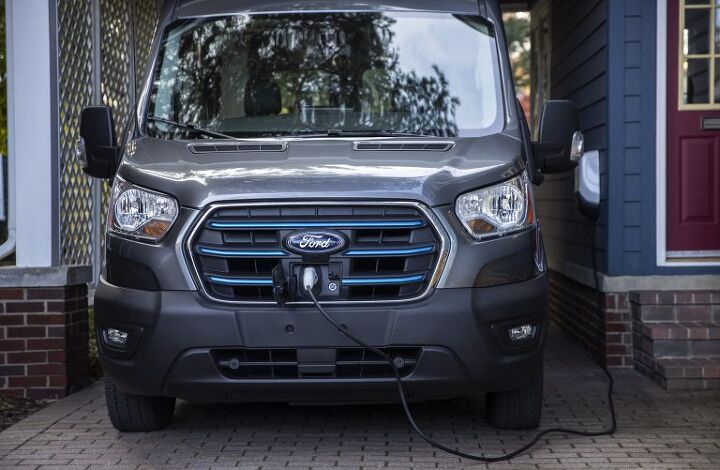













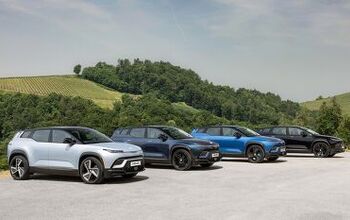


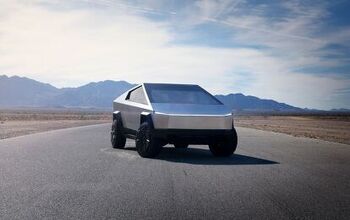
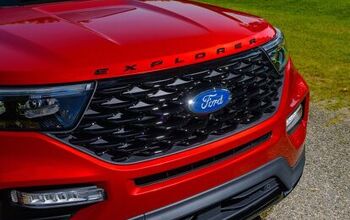
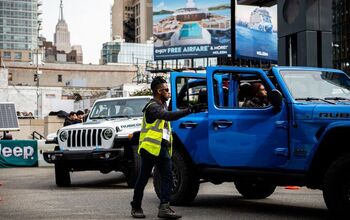
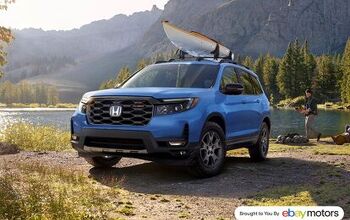
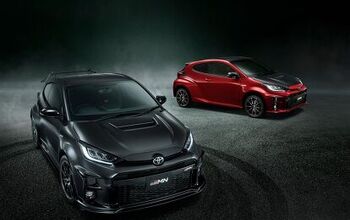
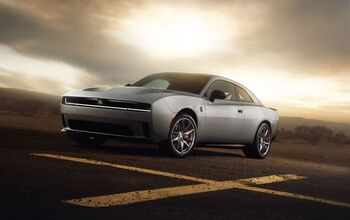

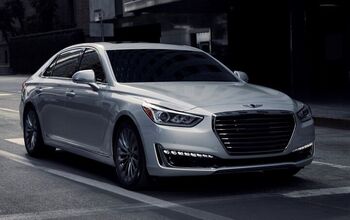
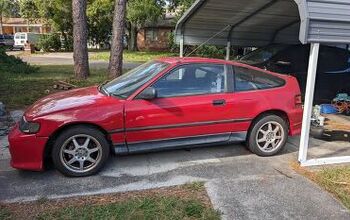
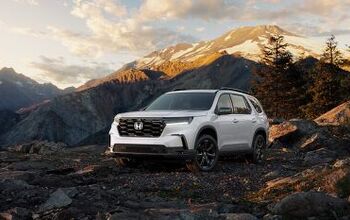
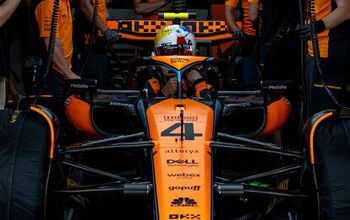

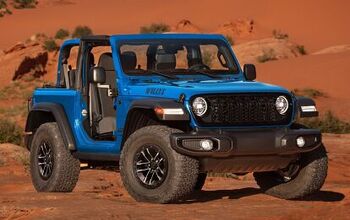
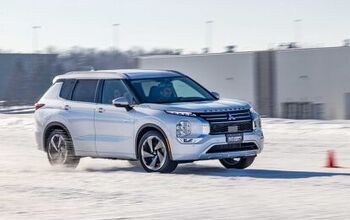

Comments
Join the conversation
Blue States are already refusing to register vehicles past a certain age and have dates where EV vehicles are required. That is how it happens. It's just like how 100 watt bulbs suddenly went away for those horrible, twisty, mercury filled, CFL's. We have lived through this already and are just hoping for the equivalent of LED's to replace the battery dream with a working reality. Capacitors for quick charging and Nuke Plants Everywhere! for a strong electrical grid might do it.
That's a lot of miles on a 2010 you more than got your money's worth and you will likely go even a lot more.